Some animals stay put their whole lives, never straying far from where they were born.
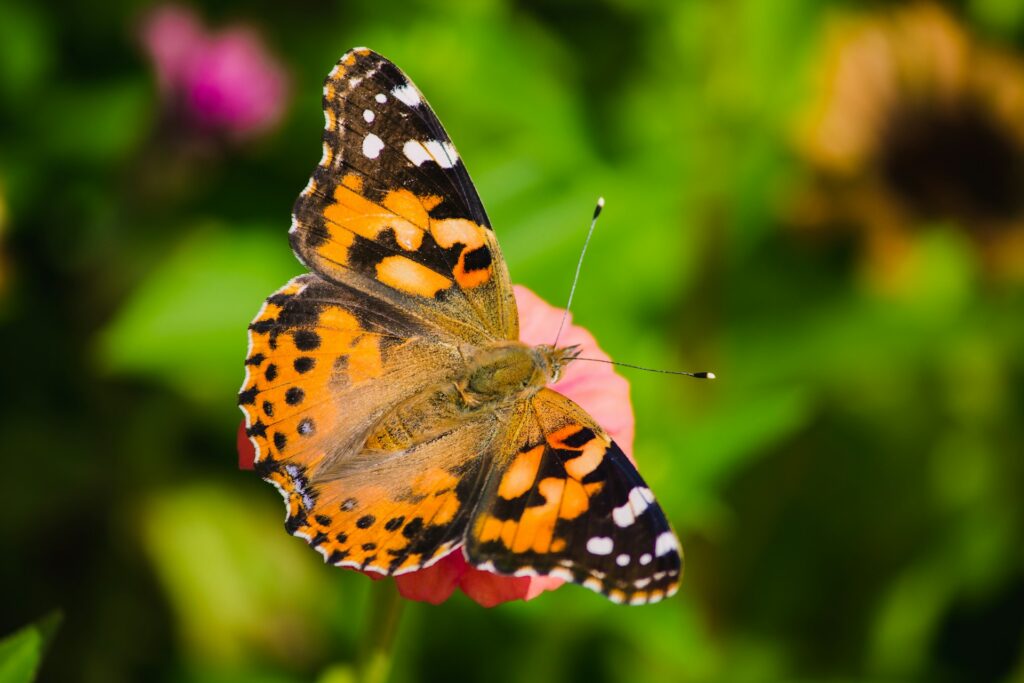
Others, though, are born travellers. They cover thousands of miles every year, often through punishing conditions, crossing oceans, deserts, and entire continents to find food, breed, or simply survive. These aren’t short flights or seasonal strolls. They’re epic journeys, and they’re all about survival.
Migration isn’t a luxury. It’s a necessity. And it’s getting harder every year thanks to climate change, habitat destruction, and human interference. But somehow, these animals still move, driven by instinct and shaped by evolution to go the distance.
Arctic terns
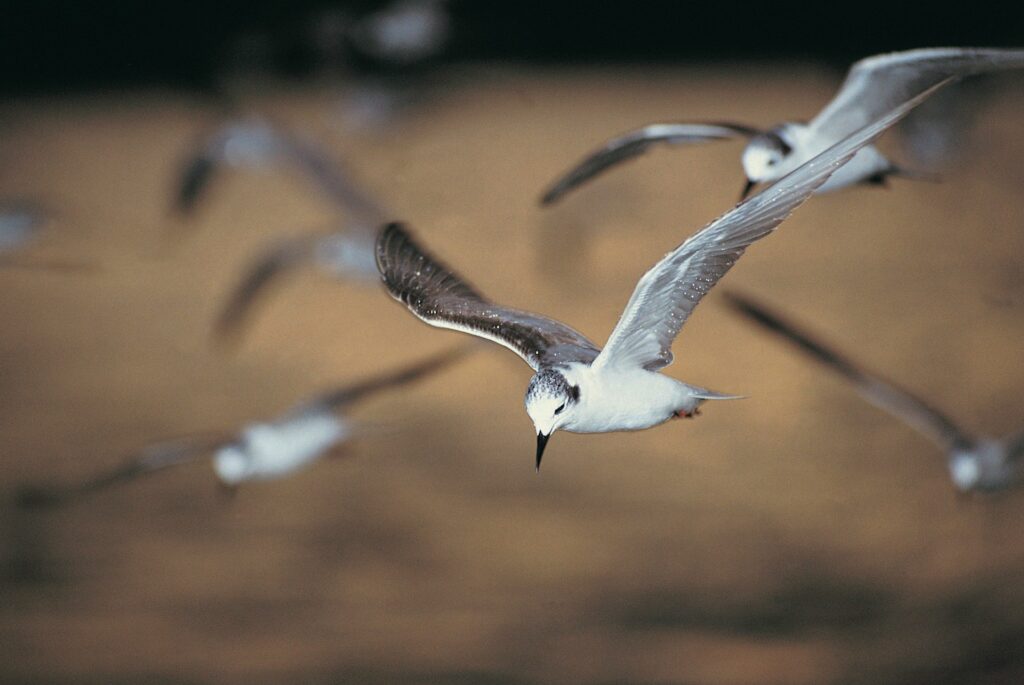
These birds hold the record for the longest known migration in the animal kingdom. Arctic terns travel from their breeding grounds in the Arctic all the way to the Antarctic and back again—clocking up around 40,000 miles a year. Over a lifetime, that can add up to the equivalent of three trips to the moon and back.
What’s wild is how efficient they are. They catch tailwinds, adjust their routes to avoid storms, and feed along the way. It’s not just distance—it’s strategy. And they do it all for light. By flying pole to pole, they see more daylight than any other creature on Earth.
Humpback whales
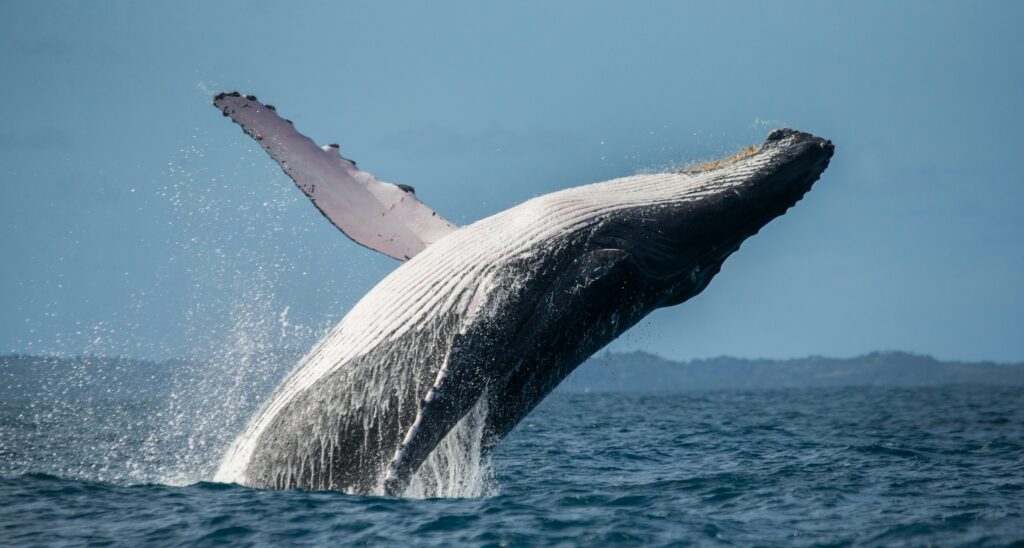
These giants of the ocean are known for their haunting songs and impressive breaches, but they’re also world-class travellers. Humpback whales migrate up to 10,000 miles each year between tropical breeding grounds and polar feeding areas.
In the North Atlantic, they move from the warm waters of the Caribbean to the rich feeding grounds near Iceland and Norway. What makes their journey especially impressive is that they don’t eat during migration. They rely on fat reserves built up during feeding season to get them through. It’s a journey of endurance and timing.
Monarch butterflies
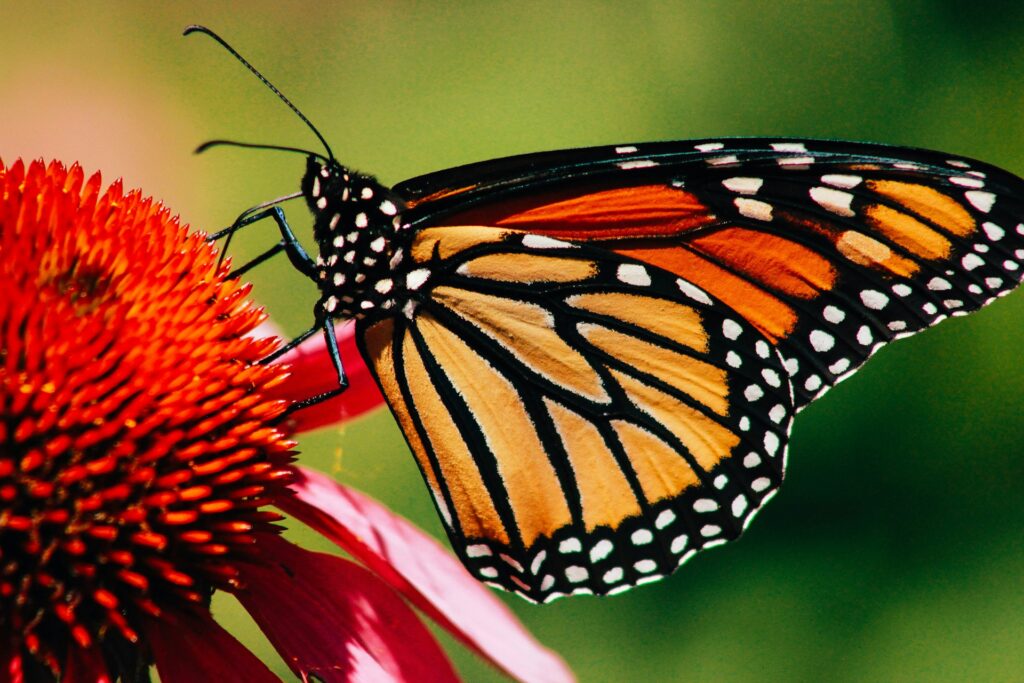
You wouldn’t expect a delicate butterfly to top a list of marathon travellers, but monarchs are surprisingly tough. Every year, they migrate thousands of miles from Canada and the northern US to central Mexico.
What’s most incredible is that no single butterfly makes the full round trip. It takes several generations to complete the cycle. The great-grandchildren of the butterflies that left Mexico will somehow find their way back there. How they do it is still not fully understood, but it’s one of the most astonishing migrations on the planet.
Caribou (reindeer)
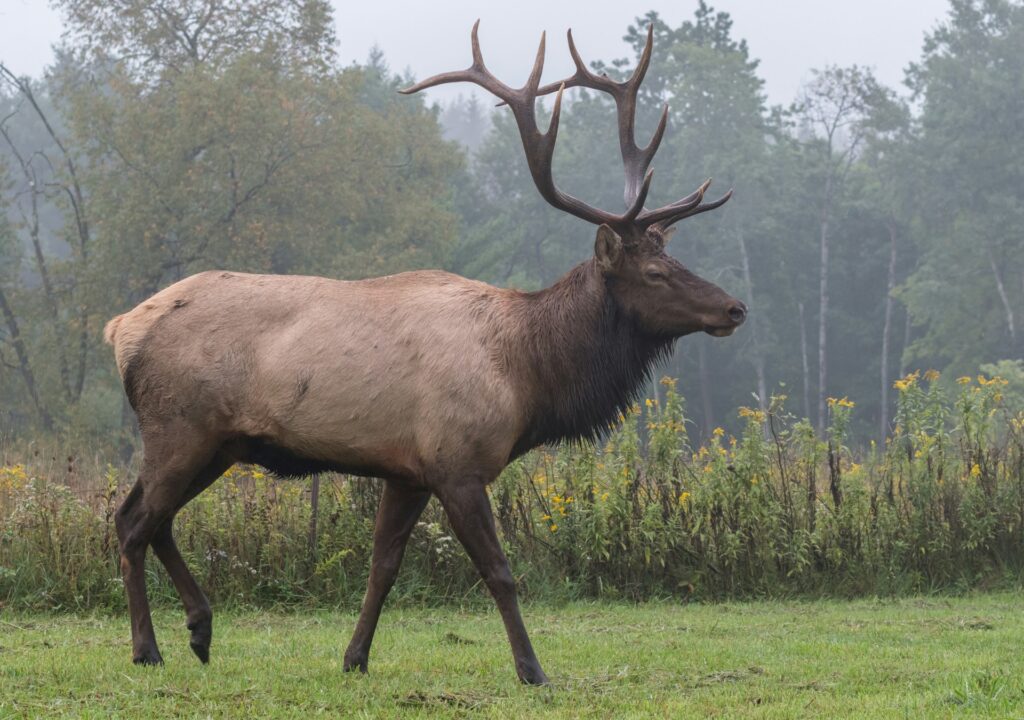
Caribou in North America travel some of the longest land migrations in the world, covering up to 3,000 miles a year. They move in massive herds—tens of thousands strong—across tundra and boreal forests in search of food and calving grounds.
Their movement is relentless, and the distances they cover are staggering, especially considering the terrain. Rivers, mountains, snow, and biting winds—they power through it all. Their journey is a reminder of how seasonal rhythms shape life in the far north.
Leatherback sea turtles

Leatherbacks are the largest sea turtles in the world, and they’re also among the most well-travelled. These ancient creatures can swim more than 10,000 miles in a single year, navigating vast stretches of open ocean.
They migrate between tropical nesting beaches and cold, jellyfish-rich feeding grounds in places like Canada’s Atlantic coast. Unlike other turtles, they can regulate their body temperature to survive in chilly waters, giving them access to feeding areas others can’t reach.
Bar-tailed godwits
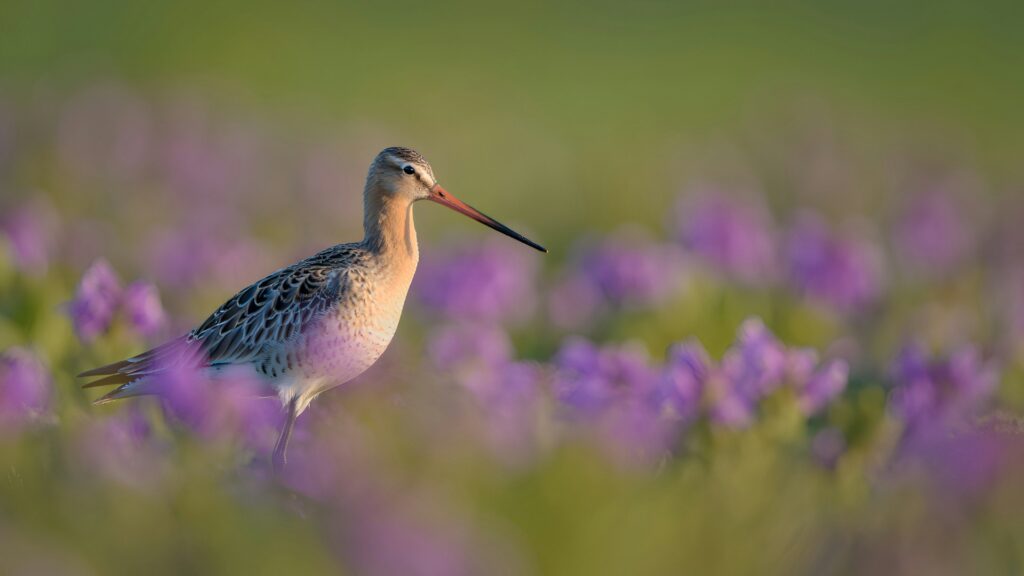
These unassuming shorebirds hold the title for the longest nonstop flight ever recorded. One individual flew from Alaska to New Zealand—over 7,500 miles—in a single go, without stopping for food or rest. That flight took just over 11 days.
To pull this off, they pack on fat reserves beforehand, essentially doubling their body weight, then burn through it mid-air. There’s no backup plan. If the winds shift, or they miscalculate, there’s no island stopover. It’s all or nothing.
Wildebeest
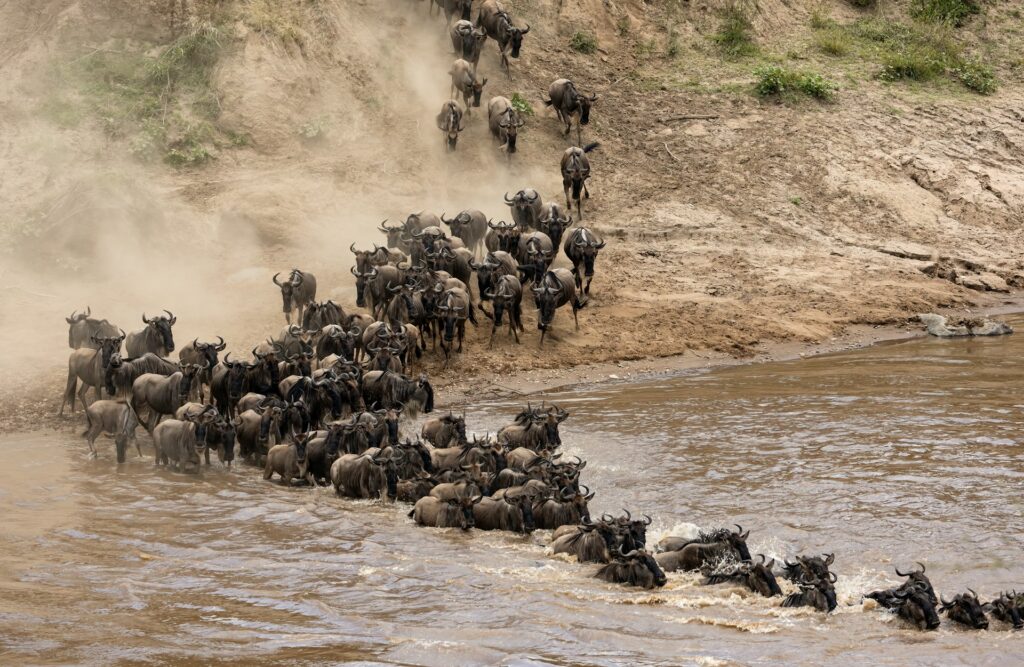
The annual migration of wildebeest across the Serengeti is one of nature’s most famous spectacles. Over 1.5 million wildebeest, along with zebras and gazelles, make a constant clockwise loop across Tanzania and Kenya in search of fresh grass.
It’s not just a single journey—it’s a never-ending movement, driven by rainfall patterns. Along the way, they face crocodile-infested rivers, predators on the plains, and harsh conditions. Yet the rhythm continues year after year. It’s one of the clearest examples of how life adapts to seasonal shifts.
European eels

These slippery travellers are a bit of a mystery. Born in the Sargasso Sea in the Atlantic, they drift as larvae towards Europe, where they spend years growing in rivers and estuaries. Then, as adults, they return to the Sargasso to spawn and die.
The journey covers around 3,000 to 4,000 miles. Scientists still don’t fully understand how they navigate across an entire ocean with such precision. But they do. And they’ve been doing it for generations.
Sockeye salmon
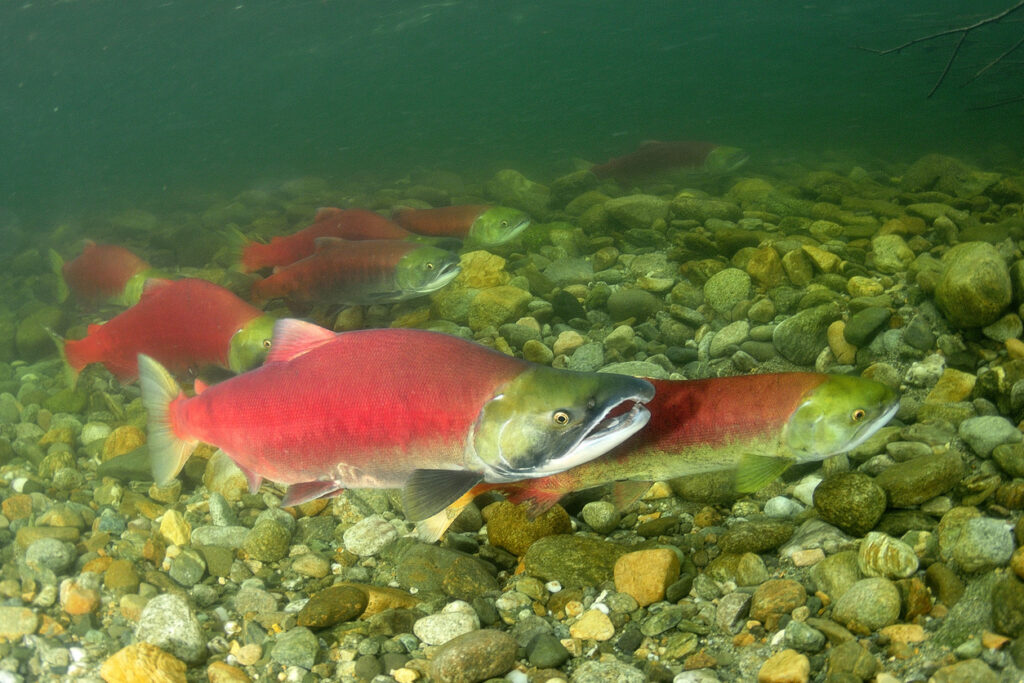
Salmon migrations are dramatic, exhausting and at times brutal. Sockeye salmon are born in freshwater rivers, migrate to the ocean to grow, and then return years later to the exact stream they were born in to spawn—and die.
They travel up to 1,500 miles, often swimming upstream against strong currents, leaping waterfalls, and avoiding predators at every turn. Their bodies transform along the way, changing colour and shape. It’s the final chapter in a life designed entirely around movement.
Painted lady butterflies
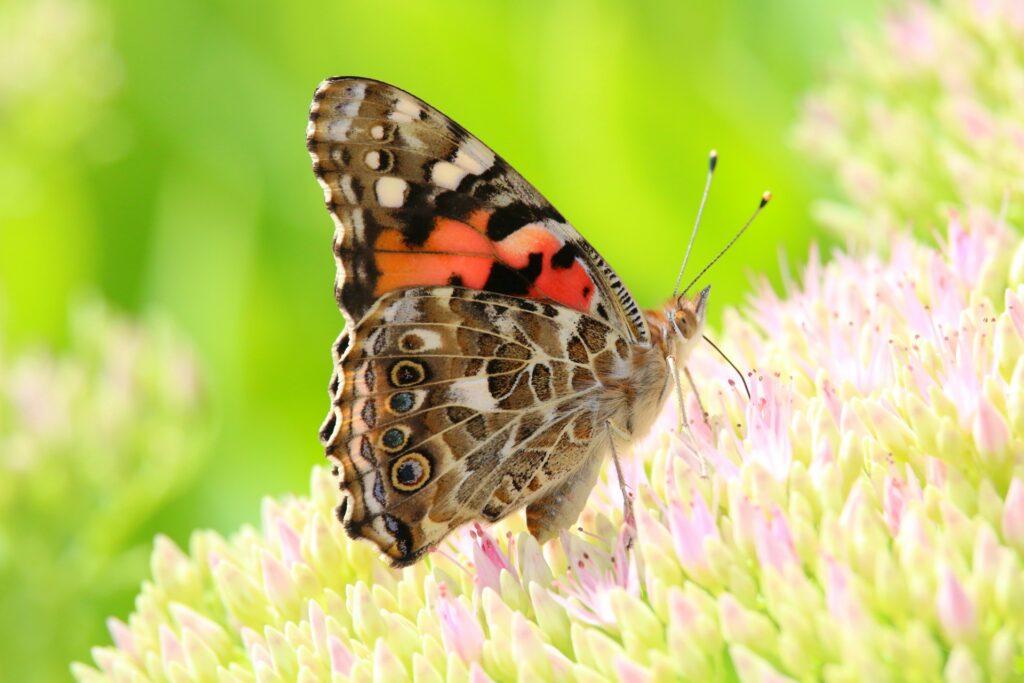
Like monarchs, painted lady butterflies travel immense distances—but they do it on a global scale. Some populations in Africa migrate all the way to northern Europe and back, covering up to 9,000 miles in total.
They fly high, sometimes up to 3,000 metres, and can cross mountain ranges and seas. What’s remarkable is how widespread and adaptable they are—able to travel far, breed quickly, and survive in all kinds of habitats. Their migration isn’t fully understood, but it’s one of the longest known insect migrations in the world.
Why these journeys matter

These animals don’t travel for fun. Migration is about survival—finding food, escaping harsh weather, breeding in safety. It’s written into their biology. But climate change, fences, cities, lights, ships and pollution are all putting roadblocks in their paths.
Some are adapting, while others are struggling. And if we’re not careful, we risk losing some of these incredible migrations altogether. That’s not just a loss for the animals—it’s a loss of natural wonder, of connection, and of resilience built over millions of years. Protecting migratory species means protecting the routes they take. It means recognising that wildness doesn’t follow borders. And it means making space—for movement, for instinct, and for life that doesn’t sit still.